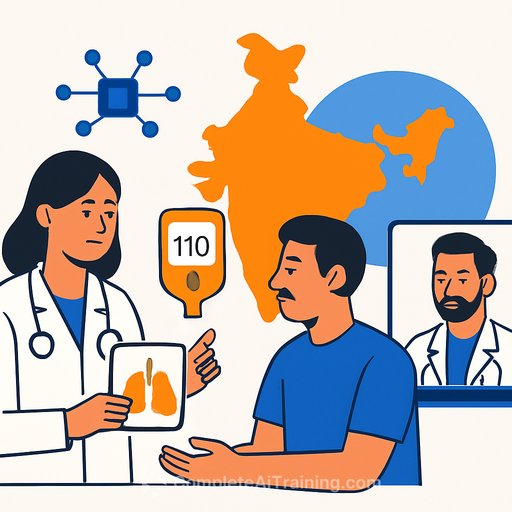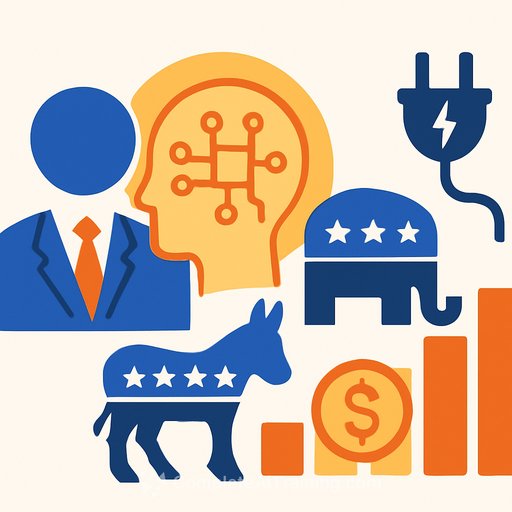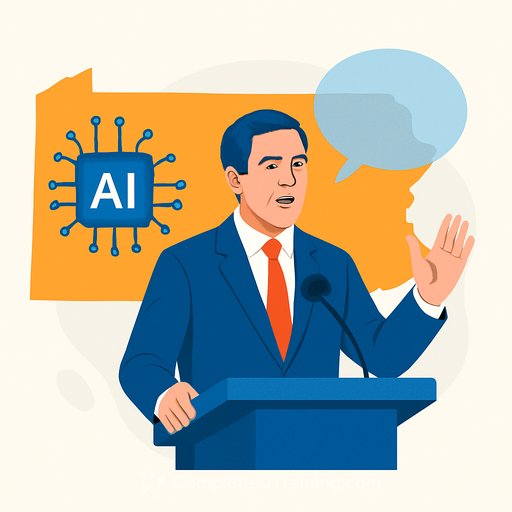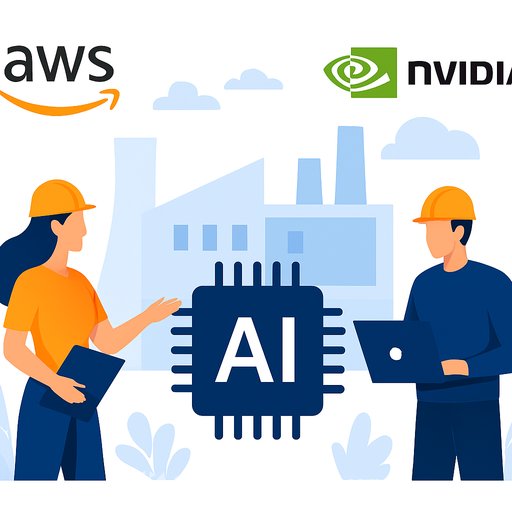Jamaal Bowman urges Bangladesh to boost public spending on AI education - now
Former US congressman and educator Jamaal Bowman visited Dhaka and delivered a clear message for policymakers: invest more public money in AI-focused education for children, and connect the classroom with the economy. His view is simple - teach kids to use AI, or risk seeing them outpaced by it.
For government leaders, this is not a tech hobby. It's workforce policy, productivity policy, and national competitiveness wrapped into one. Bowman's recommendations map directly to budgets, infrastructure, curriculum, and partnerships you control.
What Bowman saw - and why it matters
Bowman toured primary schools, orphanage schools, and private universities. He praised the ambition he saw across students, teachers, and business leaders. But he also pointed to a gap between what kids learn and what the economy pays for.
He noted two core issues holding back progress: low public spending on education and policy instability that disrupts curriculum consistency. His comparison: the US spends around 4% of GDP on education; Bangladesh spends about 1.87% - a level he called the "number one problem."
His message to government
"Kids need to be educated in AI so they are not replaced by it - they can use it to advance," Bowman said. He called for stronger public-private partnerships, Wi-Fi in schools, and devices in students' hands. He also pressed for a curriculum that's both rigorous and directly linked to sectors driving growth.
On funding, he argued that the pause of certain aid streams (like USAID programmes) should trigger a broader coalition: NGOs, private sector, and future opportunities when circumstances shift. He believes global interest will follow Bangladesh's economic momentum.
Action plan for ministries and agencies
- Set national AI literacy standards (K-12): Introduce age-appropriate AI concepts, digital citizenship, data privacy, and basic prompt use by grade bands.
- Budget with guardrails: Ring-fence a multi-year line item for devices, connectivity, teacher training, and content. Tie disbursements to usage metrics and outcomes.
- Infrastructure first: Provide reliable school Wi-Fi, shared device labs, and maintenance contracts. Prioritise local assembly and repair to cut costs and create jobs.
- Teacher upskilling at scale: Run train-the-trainer cohorts, micro-credentials, and weekly practice sessions. Incentivise completion with career points and allowances.
- Curriculum that maps to jobs: Project-based AI activities in manufacturing, finance, agriculture, health, and public services. Include ethics and safety in every unit.
- PPP frameworks with accountability: Standard MOUs for content, devices, internships, and mentoring. Publish vendor scorecards and a code of conduct.
- Diversify funding: Invite NGOs, CSR funds, development banks, and diaspora philanthropy. Use outcome-based contracts for device access and teacher certification.
- Safeguards for children: Data protection, content filters, bias checks, and clear consent policies. Train teachers on safe classroom use of AI tools.
- Measure what matters: Student-to-device ratio, classroom connectivity uptime, teacher training hours, student AI projects completed, internship placements.
- Create an AI Education Taskforce: Education, ICT, Finance, Labour, and industry bodies aligning standards, procurement, and workforce pipelines.
Devices and connectivity: the non-negotiables
Bowman pressed for laptops, tablets, and reliable school Wi-Fi so students can actually use AI tools. Consider shared labs for primary schools and low-cost tablets for upper grades. Pair each device purchase with training and a maintenance plan to avoid idle equipment.
Private sector involvement that actually helps
He argued for a tighter loop between employers and schools. Businesses can signal real skill needs, co-design projects, and sponsor labs. In return, ministries should fast-track procurement, standardise donations, and publicise outcomes to build trust.
Funding after USAID: options on the table
Bowman noted that while one programme pauses, others can step in - from NGOs to private capital to future public sources. Two places to anchor your briefings and data:
- World Bank: Government expenditure on education (% of GDP)
- UNICEF: Policy guidance on AI for children
Girls first: stop early marriage with smarter education spending
"Everywhere I went, the girls were the leaders," Bowman said, while calling out early marriage driven by poverty. His takeaway: raise education investment, keep girls in school, and the social outcomes will follow.
- Expand stipends for girls in STEM tracks and teacher training.
- Fund safe transport, sanitation, and female mentorship networks.
- Prioritise device access and connectivity for girls' schools and clubs.
12-24 month roadmap (practical and trackable)
- Phase 1 pilots in 100 schools across urban and rural districts with standard kits: connectivity, 30-50 devices, teacher training, and AI curriculum modules.
- Publish open lesson packs in Bangla and English, with local case studies from apparel, agriculture, logistics, finance, and public health.
- Certify 10,000 teachers on AI classroom use; track classroom implementation, not just certificates.
- Launch career-linked projects with 50 employers; offer student showcases and internships.
- Quarterly dashboards for Parliament and the public on KPIs and spend.
Bowman's bottom line
Spend more. Connect schools to employers. Put devices and Wi-Fi in place. Train teachers. Align learning with sectors that pay. That's how you protect jobs, grow wages, and keep Bangladesh competitive.
He left Dhaka confident: the talent is here, the appetite is here, and partners are interested. Policy can turn that into results.
Helpful resource for government-led teacher upskilling
For ministries planning structured training paths for educators and civil service teams, review curated options by role here: Complete AI Training - Courses by Job. Use as a benchmark while building local programmes and micro-credentials.
Your membership also unlocks:






